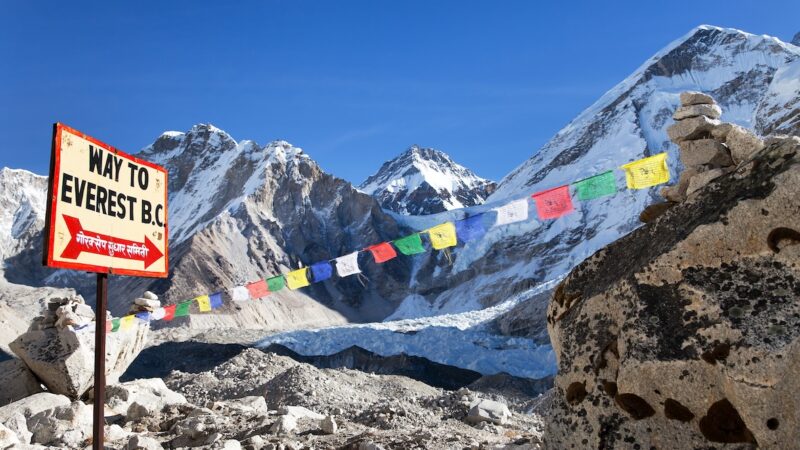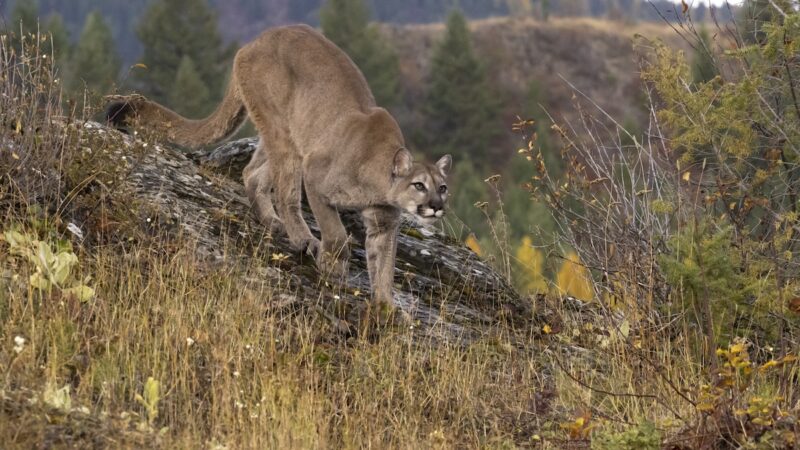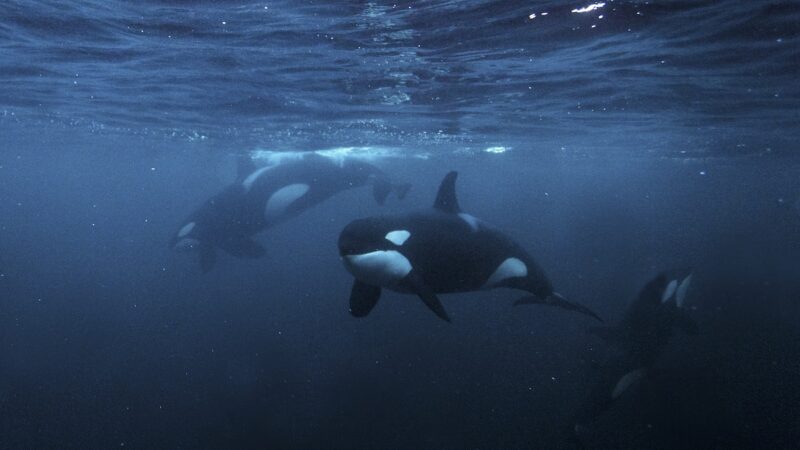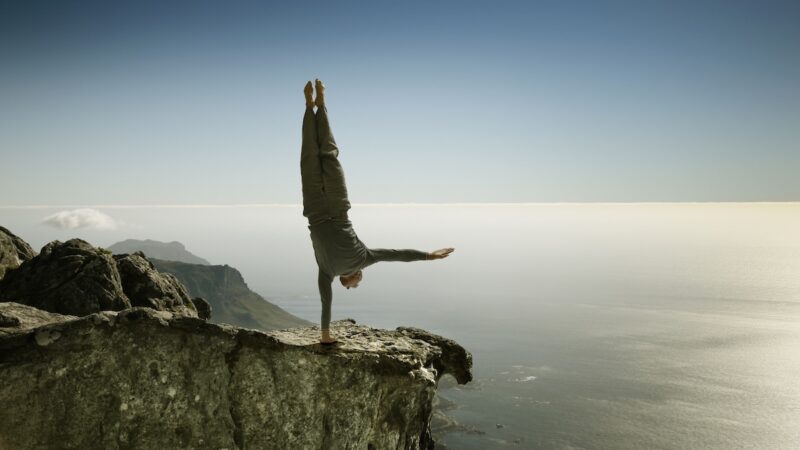America’s National Parks Are Tourist Traps (But That’s Not All Bad)
A friend once told me that the average visit to Grand Canyon National Park lasts 15 minutes. I was horrified. With such an expansive, beautiful wilderness area, people just drive up, take a picture, and leave? In researching that statistic now, I can’t actually find any evidence of that being true. The idea behind it has some weight, though. When you see the crowds around Old Faithful in Yellowstone, then walk 15 minutes down a nearby trail and they’re all gone, you have to wonder where they went. Sometimes Yosemite Valley feels more like a small city than a wilderness area. It’s easy to get frustrated by the masses in national parks, and the tourist trap attractions can feel counter to a truly enriching experience in nature. It’s not all bad, but certainly there are some complications.
Videos by Outdoors
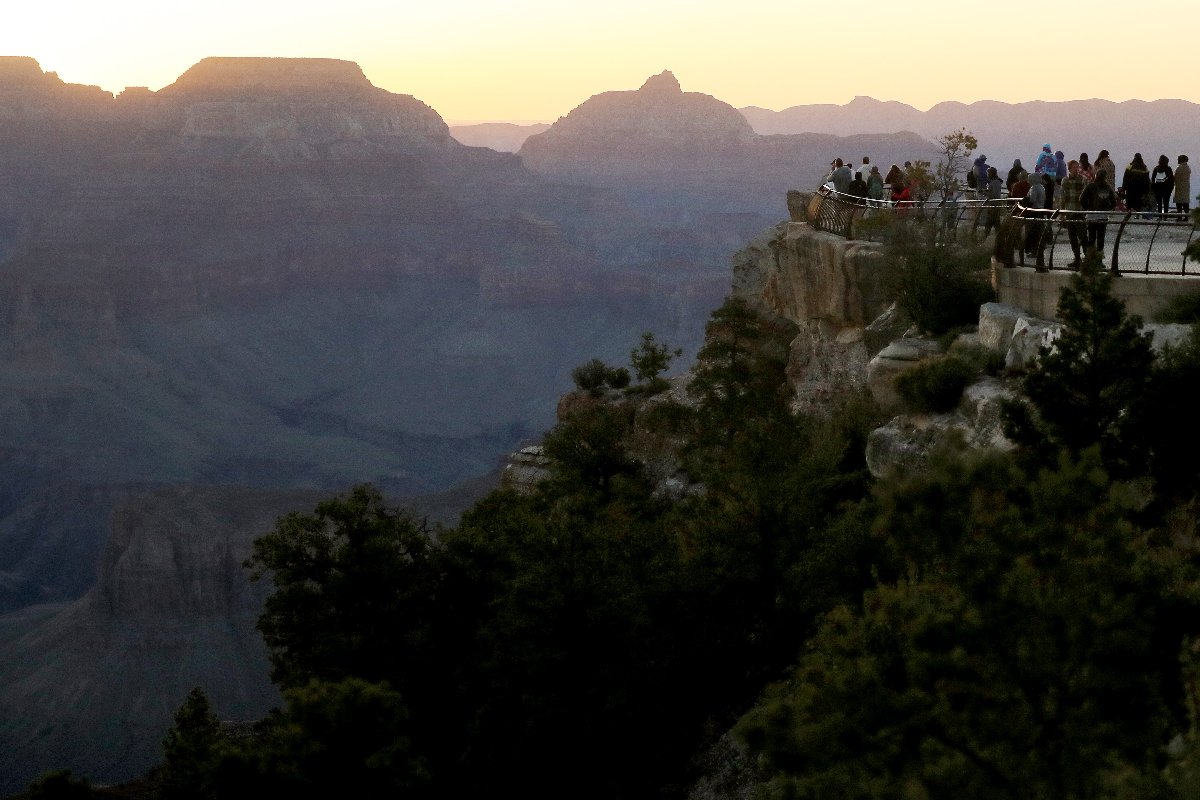
Tourist Traps Provide National Park Access
An important part of the story is access. Places like Rocky Mountain National Park, Glacier National Park, the Grand Canyon, and more all need infrastructure. These places are so popular that when the droves come to visit them, they need resources. They need places to stay, things to eat and drink, and available restrooms. Maybe in a perfect world, we could leave all our most popular national parks to remain completely wild and undisturbed. In reality, though, fewer people would get to experience their beauty, and those who did would have a much greater ecological impact. The urge of some outdoorsy folks to try and keep these places all to themselves, even to protect them, is misplaced. It is good that large groups of people can experience our national parks, even if they only experience the tourist traps, a sliver of them.
Is This the Experience We Need?
On the other hand, what makes up a life-changing wilderness experience? Generally, not a tourist trap. Standing among the droves to watch Yellowstone’s Old Faithful is cool, but are the crowds truly connecting to the land? Of course, all natural experiences are valuable, but not equally so. Folks that get bit, chewed up, and spit out by nature are changed for the better. I don’t want to disparage more comfortable, industrial tourism experiences in National Parks. I do know, though, that to be changed by the wilderness requires some discomfort. On the other side of those robust wilderness experiences is a generation of conservationists who feel connected to the land rather than separate from it.
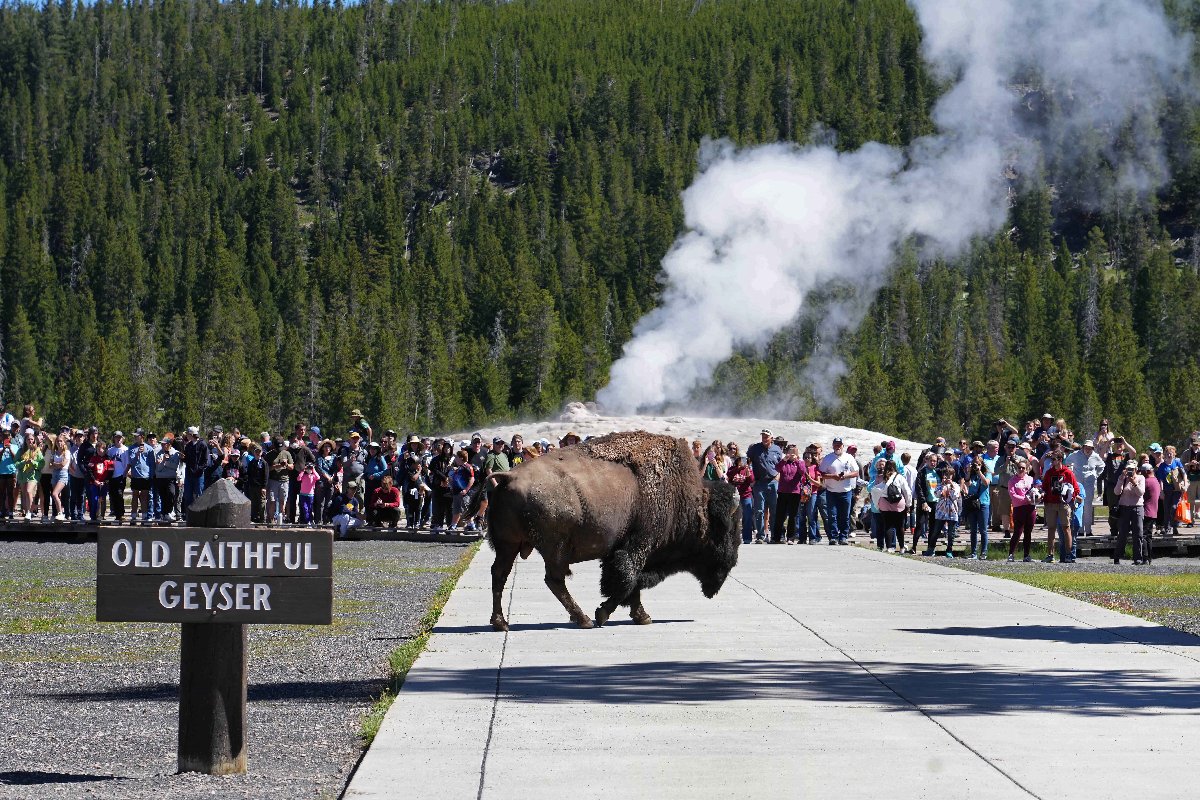
Trapping Tourists in National Parks Can Aid Conservation
A recent article by Elizabeth Miller in Trails Magazine Issue Two brought up some interesting points in terms of concentrating our human impact on the environment. She reported that, “The research found that people do the most damage in their initial use of an area–establishing new trails, as well as wandering off established trails or camping in new non-established sites.” This brings up some interesting implications for the role of our crowded, tourist-trap national parks in terms of conservation. The reality is that our ecological impact in these areas has already happened. If crowds remain in these more populated areas, that impact remains more easily under our control. Of course, there are ongoing conservation efforts necessitated by these national parks, but those gears are already in motion. If more people were to venture off the beaten path, it may actually have a more distinct negative impact on the earth.
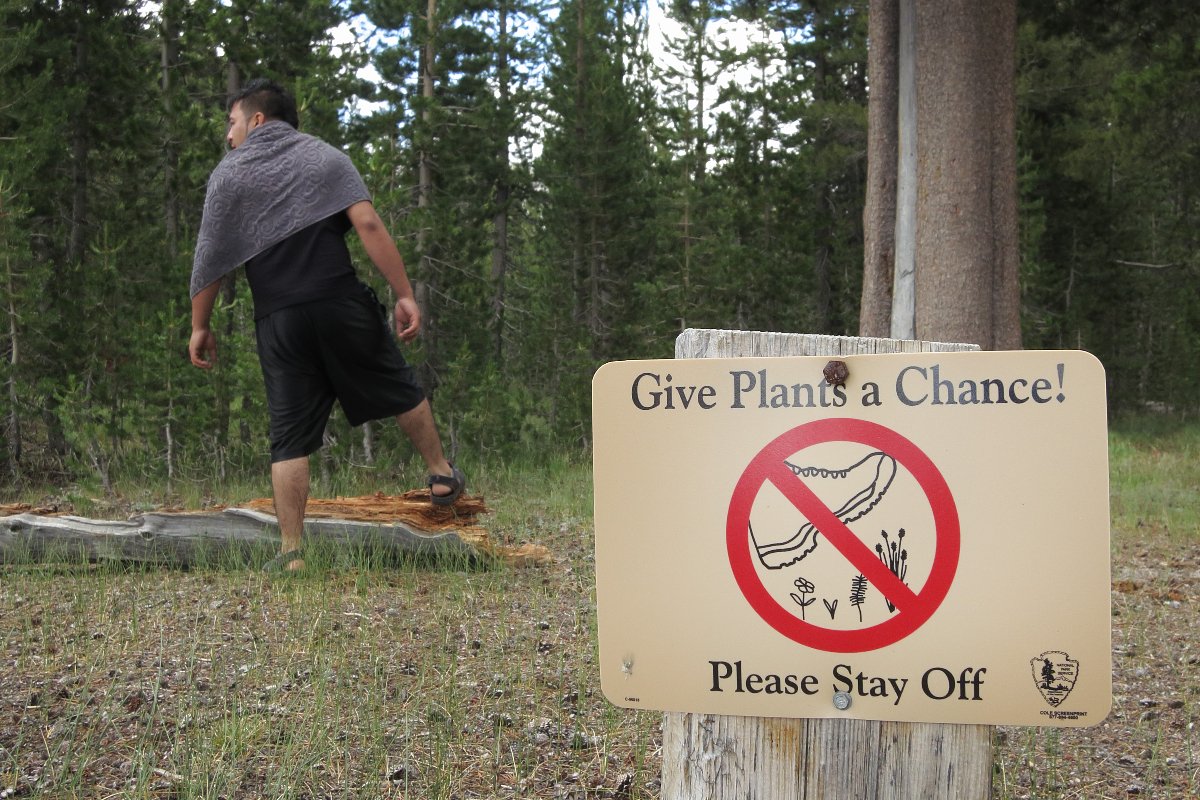
Industry Means Expansion
It’s hard to say exactly how the expansion of our national parks will look, but it’s safe to say they’ll expand in some way. The hope, of course, is always that they will minimize their ecological impact. Certainly, over the last few years, that pressure from the outdoors community has grown.
I have to admit to a level of pessimism, though. Our national parks are, by now, well and truly wrapped up in money-making. If there are opportunities for national parks to expand infrastructure and income at the cost of a heavy environmental impact, history shows that we rarely prioritize the environment. I know that the original conceit of our national park system was to preserve these unique natural areas, but I wonder if their purpose, to those in charge, is now more profit-driven. Roads can’t be un-built. Hotels don’t serve us in the same way forests do.
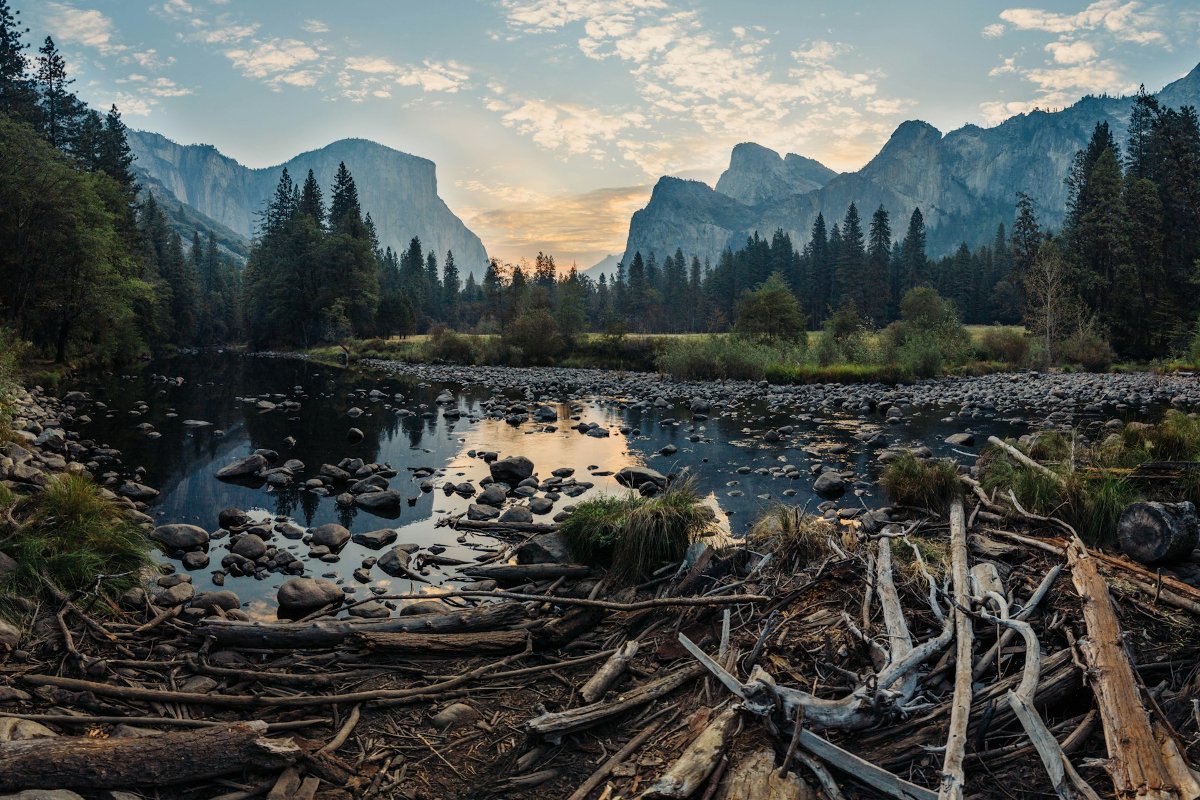
What’s Our Role?
My personal hope is that anyone who visits a national park can take in some of America’s natural beauty, breathe deep, and feel revitalized. I also hope that those in charge of our national parks value the wild places the same way they value the business based inside them. I would love to see a world where our national park system works in tandem with the Land Back movement rather than in opposition. Nobody and nothing is perfect, so the history of our national parks is both something to be proud of and full of imperfections to acknowledge. We always have the chance to leave no trace. We should take every opportunity to connect to the land, so long as we value the land itself just as much as our own experience.

